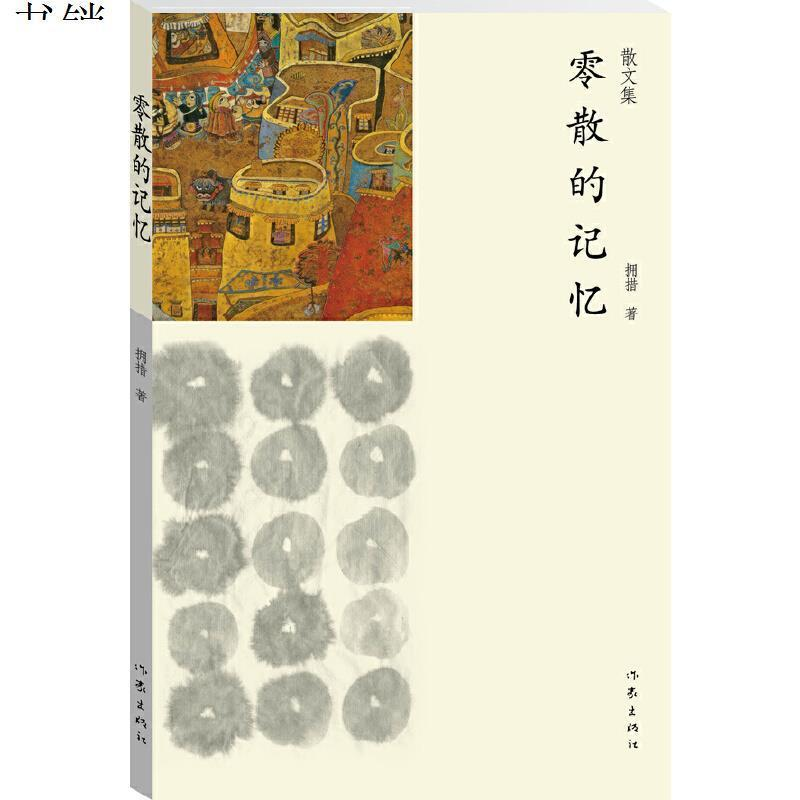111 years ago, on 29/12/1911, Mongolia declared independence. A while ago, I made a thread on the topic. Since some readers back then commented on whom exactly Mongolia declared independence from, here's a follow-up🧵 1/
https://twitter.com/URDailyHistory/status/1608419306223673344
I was careful in writing that, back in 1911, the Bogd Khaan had declared independence from the Qing Empire – not from China – because from a Mongolian perspective, this point was and is a crucial distinction. It clashes with the Chinese interpretation. 2/
https://twitter.com/egasmb/status/1577339203150483457
To understand this, one has to go back much further in time, and start with a third group that is neither Mongol and Chinese: The Manchu people. 3/
manchustudiesgroup.org/2020/11/10/buk…
manchustudiesgroup.org/2020/11/10/buk…
The Manchus are a Tungusic people (an independent linguistic family; totally unrelated to Chinese) roughly from what is today Northeastern China; they had once been known as Jurchen and controlled the Jin State in the 12/13th Century. 4/ 

In the early 17th century, the Jurchen/Manchu were on the rise again. The Ming State to their South, which controlled China, entered into collapse, and the Manchus used the opportunity to conquer it. The conquered Beijing in 1644 and made it their capital. 5/ 



But over the next century, the Qing State founded by the Manchus conquered much more, and they successively subjugated the Mongol tribes. Basically, the current map of the PRC (except for independent Mongolia) is the result of this expansion. 6/ 

The basic tension here is: From a Chinese perspective, the Qing state essentially became a Chinese state by claiming succession from the Ming. But that's just part of the story. For Mongols, they were part of the Manchu rather than the Chinese state. 7/
Two things are worth noting here. First, Although the Manchu language does not have demonstrable common origins with the Mongol language, the Manchus did have close cultural and personal bonds with the Mongols. 8/
Once upon a time, the Jurchen had used a script inspired by the Chinese (but mutually unintelligible with it), which fell into oblivion. By the turn of the 16th ct., the Manchus decided to adapt a variant of the Mongol script for their language instead. 9/ 



When the Manchus conquered China, they saw their rule as a successor of the Mongol Empire, which had ruled China under the name of 'Yuan' in the 13th/14th centuries. 10/ 

Secondly, and most importantly, administration worked differently for Mongolia and the Chinese provinces that had formed the Ming Empire. Neither Inner nor Outer Mongolia ever became Qing provinces (although there were calls for this). 11/
tpl.ncl.edu.tw/NclService/Jou…
tpl.ncl.edu.tw/NclService/Jou…
An organ in Beijing, known as Lifan-Yuan (Board for the Administration of Outlying Regions), oversaw the non-provincial regions incl. Mongolia, but Mongol nobility retained broad autonomy. 12/ 

However, things were in flux during the 3 centuries of Manchu rule. In the late 19th ct., the Qing government in Beijing increasingly tried to pursue integrationist policies with regard to the Mongolia, Xinjiang, and Tibet. 13/
It feared that these regions might break away, and it also feared British & Russian encroachment there. After a bloody revolt, Xinjiang was nominally made a province in 1884. 14/ 

There were also, it must be noted, violent conflicts in Mongolia as well as in Tibet. 15/
In the 1900s, the Qing embarked on a thorough reform programme of the whole state, aimed at making it 'prosperous and strong.' For the intellectual and administrative elites at the helm of the reforms, the status of Mongolia posed a problem. 16/
A document of the Borderland Ministry (Lifan-Bu) shows the tensions at play: 17/
journals.sagepub.com/doi/full/10.11…
journals.sagepub.com/doi/full/10.11…

Many Chinese alleged that Mongolia was either economically/infrastructurally underdeveloped or looked down upon Mongolian culture & customs, and called for Mongolian "assimilation," in order fully take part in the reformed state. 18/ 

In short: Government and reformers wanted to tie Mongolia closer, at the same time as they wanted to keep it an arm's length. Mongolians would get representation in the Upper House, but not be able to participate in elections for the Lower House. 19/ 

Now, from the Mongolian perspective, positions towards the reforms as well as towards independence were not uniform either 20/ kinokuniya.co.jp/f/dsg-01-97847…
Some Mongol elites tried to participate in the reforms, e.g. Prince Palta (from Qarashahr, Xinjiang), or the founders of the Mongol Industrial Company 蒙古實業公司 (but some also became disappointed) 21/ 

However, many, notably Bogd Khaan and his associates, became increasingly alienated from the Manchus and the Qing, and certainly did not want to take part in the emerging Chinese nation-state. 22/ 

So in October 1911, a revolt against the Qing broke out in what is now the city of Wuhan, and it quickly became clear that the Qing would not survive. 23/ 

On 29 December, the Bogd Khaan and his associates used the occasion to declare independence. In contrast to the "declarations of independence" by Chinese provinces, he wanted a full separation. 24/ 

Bogd Khaan wrote: "Our Mongolian and Chinese cultures are as far apart as heaven and earth. ... After being brutally oppressed by the Manchu dynasty for over 200 years ... it is proper for us [Mongolia and China] to live harmoniously as neighbours." 25/
brill.com/display/title/…
brill.com/display/title/…
The government of the newly-founded Republic of China did not accept this. It continued to claim all territories of the Qing Empire, but could not really exert power over Outer (Northern) Mongolia (also given Russian interests in the region) 26/
The conflict with China was only solved 34 years later, when the Mongolian People's Republic staged a referendum on the question and China recognised Mongolian independence on 5 January 1946. 27/FINIS 

• • •
Missing some Tweet in this thread? You can try to
force a refresh




















